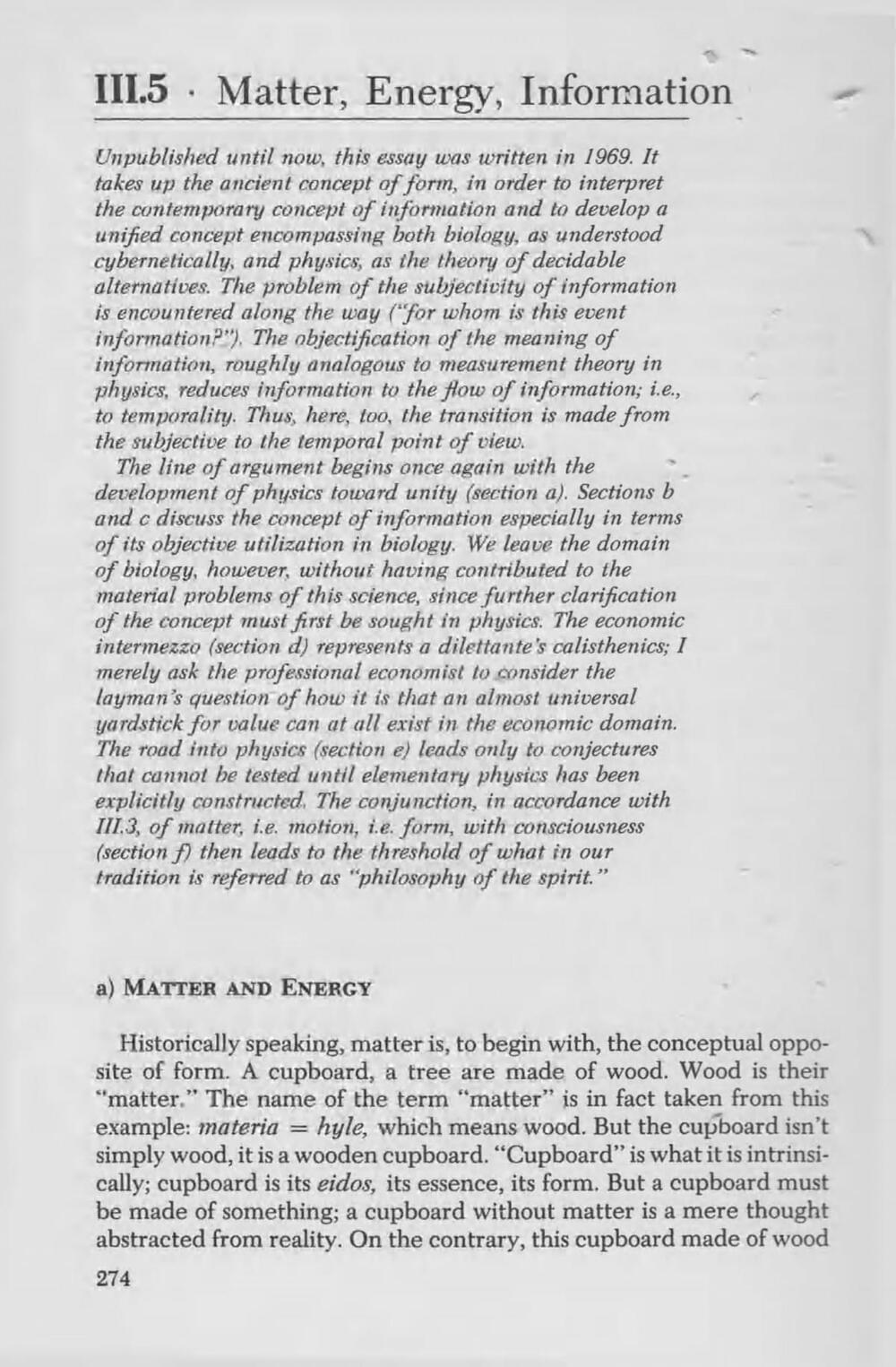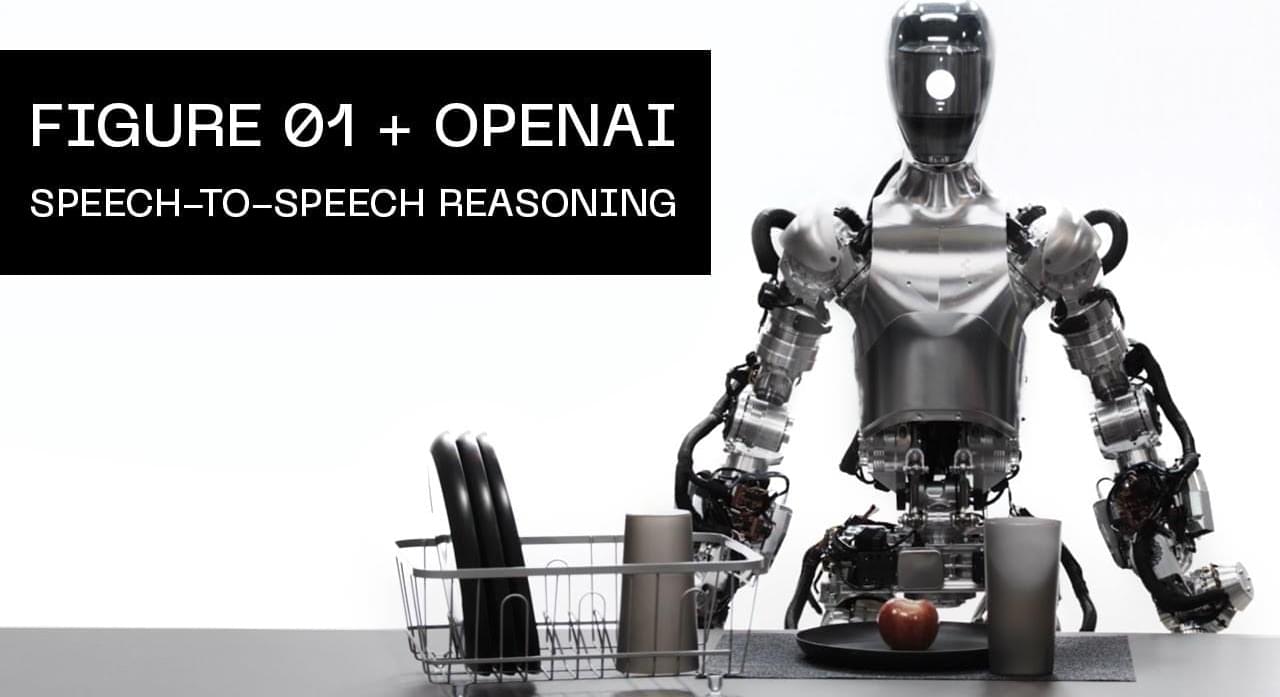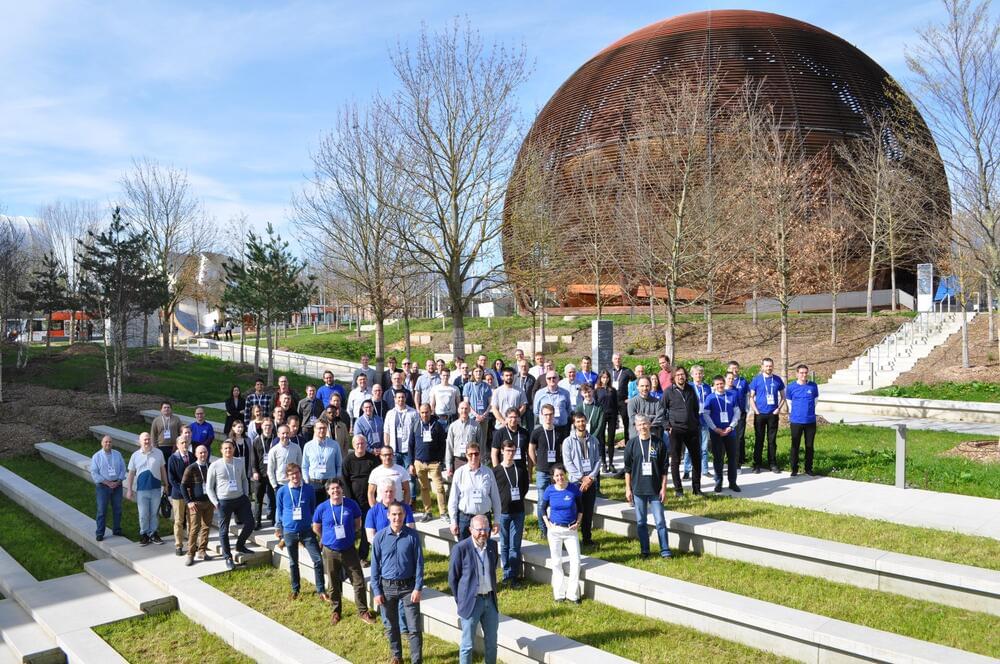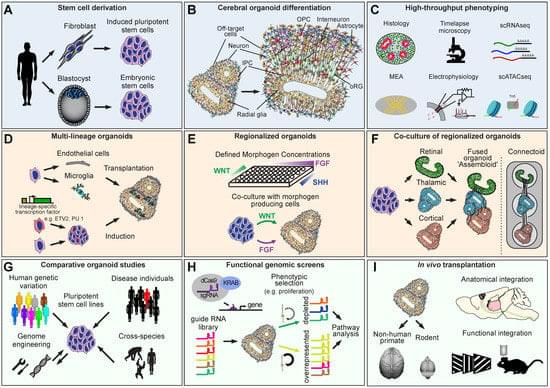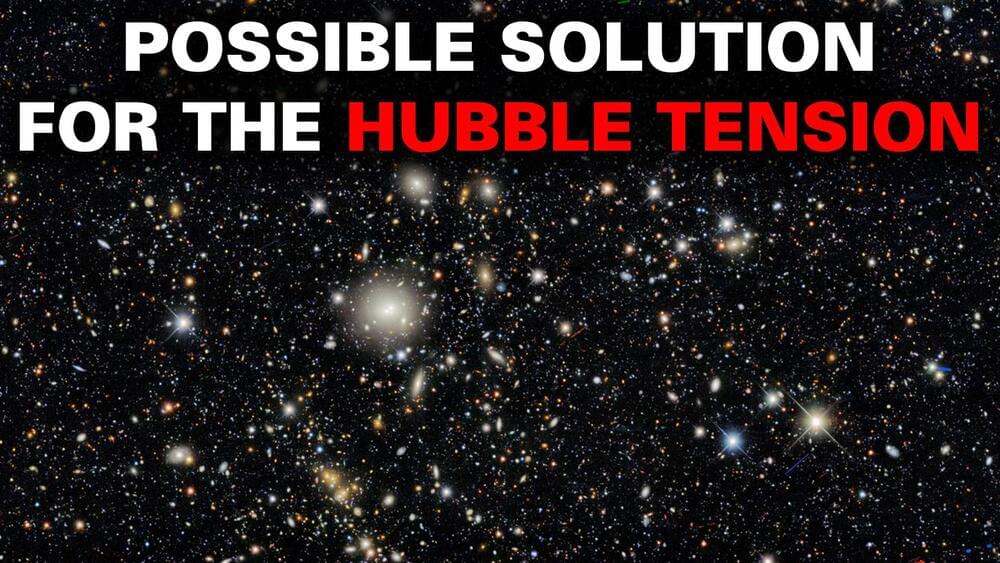Mar 24, 2024
A groundbreaking discovery dating back 1.6 million years challenges our existing knowledge of human evolution
Posted by Dan Breeden in categories: evolution, genetics
Humans have always been storytellers. Weaving tales, exchanging knowledge, and planning for the future are quintessentially human endeavors that have shaped the course of our species. But when did this remarkable ability to communicate through language first emerge? Recent research suggests a far earlier origin than previously thought, shedding light on the fascinating journey of human evolution.
Dr. Steven Mithen, an esteemed archaeologist from the University of Reading, has delved deep into the annals of prehistory to uncover the roots of human speech. Contrary to conventional wisdom, which pegged the advent of language to around 200,000 years ago, Mithen’s groundbreaking analysis suggests a much more ancient beginning—approximately 1.6 million years ago, in the cradle of humanity, somewhere nestled in the vast expanse of eastern or southern Africa.
In his quest to unveil the origins of language, Mithen meticulously examined a plethora of evidence spanning archaeology, genetics, neurology, and linguistics. The culmination of his research paints a vivid picture of our ancestors’ journey towards spoken communication.


